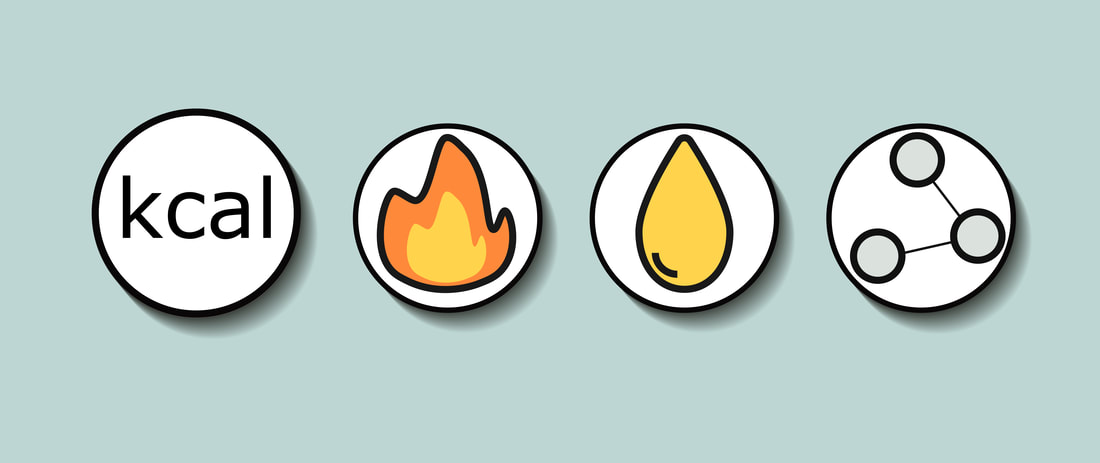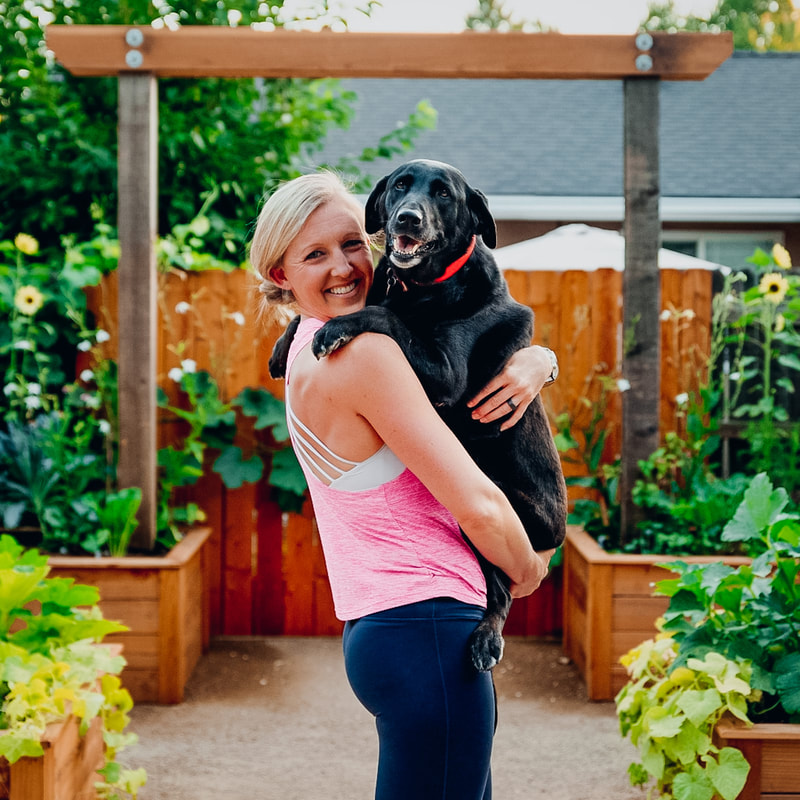|
Welcome to part 3 of a 5 part series on building an annual nutrition plan to reinforce your annual training plan. The whole goal of this series is to help you understand how to create and implement your own nutrition plan so that you get the most out of your training. Because the reality is that what you eat when you train can either help you or hurt you! If you are going to dedicate hours each week to a sport you love which takes time away from your friends, family and other important things, let’s make the most of all that time. Deal? If you missed the previous 2 posts on building an annual nutrition plan and the details on how to build and execute the nutrition piece during base phase of training, I recommend you spend some time reviewing them. This week, I am excited to jump into the ins and outs of your build phase! Before jumping into the ins and outs of the diet side of things, here is a little information on what the “build phase” is all about when it comes to training. BUILD PHASE In the build phase of training, you are doing exactly that...building! This phase involves an increase in both volume and intensity with a subsequent increase in your energy requirements (i.e., calories!). The main goals in build phase are:
The build phase can last anywhere from 8-16 weeks, depending on the length of your event. After the build phase, you move into a race specific phase. Now that we’ve loosely defined how the training might look during a build phase of training, let’s jump into the details of the nutrition piece. NUTRITION DURING A BUILD PHASE In this phase, since your distance and speed increase with training, so do your energy requirements. That means that you need to increase your caloric intake from one (or more) of your macronutrients (carbs, protein and/or fat). Before we talk about which one(s) and by how much, let’s talk about how your body utilizes each macro during training and racing so you can make a better informed decision about how to adjust your daily meals. CARBS VS. FAT There are plenty of ‘nutrition experts’ on the internet that scream that LCHF is the only way to go! All day, every day! On the flip side of the coin, we have ‘scientific experts’ who argue that for over 50 years science has proven that we have to carb load in order to be good athletes. It gets confusing so I totally understand you wanting to say “whatever” when it comes to your training nutrition! So who’s right? Well...if you are an endurance athlete, partially both. In order to create energy (or ATP) during exercise, our skeletal muscles can either use fat OR carbohydrates. The rate of intensity (i.e., how hard you are working!) of the work you are performing is what determines whether fat and/or carbohydrate will be used to generate that energy. The harder you are pushing, the more carbohydrate is being used to create ATP. The easier you are working, the more fat is being used to create ATP. So let’s translate this to training:
If you end up eating mostly carbs during your base phase,the body will turn that carbohydrate into fat and either store it or use it. Which typically is NOT a goal for an endurance athlete! Alternatively, if you are eating LCHF during your build phase, you are risking muscle catabolism (aka- your body burns muscle for energy) and/or you can’t push the paces you are trying to push (aka- you bonk). Both scenarios are bad! And this is PRECISELY why I advocate for periodizing your nutrition plan! There is a time in an athletes season when eating a LCHF diet is important (BASE phase). This allows them to burn mostly fat and not store any extra body fat. There is also a time in an athletes season when it is crucial to start introducing more carbohydrate into the diet, at appropriate times, to improve recovery, speed and endurance (BUILD AND RACE phases). IN THE KITCHEN If you follow my recommendations for nutrition requirements for the base phase of training, then you should be eating a LCHF/ketogenic diet. Once you are ready to transition your training into the build phase (which is marked by an increase in volume and an introduction of higher intensity), it’s time to adjust your macros! Just like in the base phase, you can make these adjustments by tracking in a calorie tracker online, or you can use a 3 compartment container to help you create correctly portioned meals quickly. I found these Eco One BPA-free 3 compartment portable Bento Boxes to be a lifesaver for this phase of eating! It takes the weighing and measuring out of the equation and all I need to do is fill the large section with low starch, high fiber vegetables, fill one of medium compartments with a single ingredient starch (like sweet potato, rice, quinoa, black beans or corn), and the other medium compartment with protein. I either add 1 tbsp of quality fat to my vegetables or starch, or make sure I am using a high fat piece of protein to meet my fat requirements (for example: chicken thighs!). I recommend athletes eat either 3 or 4 of these containers per day, depending on their energy needs. If weighing, measuring and counting macros is your thing, then it’s time to adjust your macro ratios in your online program. I suggest shifting your macros to a ratio of 40% carbohydrate, 35% fat and 25% protein (versus 10% carbohydrate, 70% fat, and 20% protein!). In addition to adjusting your macros, you will also need to increase your caloric intake to match your energy demands since they will likely also increase. This shift in eating can feel quite shocking at first! Going from 10% of your caloric intake from carbs to 40% of your caloric intake in carbs can take a few weeks of getting adjusted to. This is why I am a fan of athletes tracking their intake for at least a few weeks during the transition and until this way of eating feels more natural or comfortable. A CAVEAT ABOUT INCREASING YOUR CARBOHYDRATE INTAKE As I mentioned before, the build phase of nutrition is when you increase your carb intake but it must be done at the appropriate time so that it actually supports your performance! I highly recommend that you eat the majority of your carbohydrates around and during your training. This means that if you only have 1 training session that day and it’s happening at 5pm, you may want to forgo the carbohydrates in your breakfast. Instead, you would eat vegetables, quality fat and protein for breakfast, then consume your meals with carbohydrate both before and after your evening training session instead. If you have 2 workouts per day that are both fairly long and/or demanding, you will likely need to add carbohydrates to every meal to meet the energy demands of 2 workouts. Additionally, the carbohydrates you consume after your morning session will help you recover for your evening session! MEAL PLANNING TIP Shift your focus from training to eat to eating to train. Preparing for an event takes more than physical training. How you fuel your body matters and it’s important to prioritize your nutrition! This means that you need to plan your meals AHEAD of your training sessions so you optimize your meals at the right times. There are no “last minute meals” during training season! So just like you would review your training sessions for the week and make sure you are prepared for them, you should also have a weekly menu in place so you have a general idea of what you will be eating, and when. Finishing a morning session and not having a plan for what you should eat to optimize your recovery is only going to leave you eating junk, or sometimes worse, not eating anything at all. NUTRITION DURING TRAINING Although the length of training plays a role, during base phase you are likely not consuming race food during training as your requirements are much lower. However, since the build phase is setting you up for race day distances, it is the perfect time to TEST, TEST, TEST! Start introducing various “race food” options into your longer sessions (i.e., the nutrition you will be taking on hand with you for race day!) Some options that I’ve seen work well include:
Additionally, a mixture of simple and complex carbohydrates can lead to better and higher absorption of those carbohydrates from the gut into the bloodstream giving you more energy to utilize during the race! The goal here is to learn two things:
I recommend my athletes start longer sessions in the mornings in a fasted state. Often, I find, athletes will eat a breakfast to avoid consuming food during their training which is the complete opposite of what should be done for longer sessions in the build phase. When you don’t eat anything prior to a longer training session, it forces you to start testing your race foods within the first hour of training. image from Skratch Labs RACE DAY OPTIONS
Build phase is also the time to test the nutrition that the race will have on course. You may not be planning to use it, but if you drop your nutrition, or your special needs bag gets misplaced, or your crew doesn’t arrive when/where you think they should, you may need to know if eating the on course nutrition is an option or not. I also recommend trying multiple different foods! Just because you found 1 food you like doesn’t mean you shouldn’t find 3, 5, or 10 more. At the end of the day, finding what works best for your body is all about experimenting during the build phase! Many athletes do very well with 250 calories per hour, but it’s not about them… it’s about YOU! You might find that you can tolerate 350 calories per hour and feel better at that level! The only way to know is to test, and build phase is the time to do that. Once you hit the race specific phase, testing should be over. More on this in my upcoming blog, so make sure you check back to get all of the details on how you can fine tune your race phase nutrition plan to optimize your results! ONE LAST NOTE ABOUT MINDSET Build phase is often the phase when I tell athletes “it’s GO time!” . That means that the priority has shifted to making athlete gains, and not so much on making body composition changes. So if you are wishing you could still lose more body fat, or gain more lean tissue, the build and race phases are NOT the ideal phases for this focus. Your training intensity and duration increases as does your energy intake, so while this may result in body composition changes naturally, it is NOT the priority! This can be hard mentally for athletes, especially when they look in a mirror and don’t love what they see. Work hard to change the language in which you speak to yourself and know that the time will come again when you can refocus your efforts on making body composition changes after your event. Plus, those changes may result in your PR so it’ll likely be worth it! Have an event coming up or in the near future and want to dial in on your nutrition plan? Let’s chat! Click here to schedule your free discovery to get you started on your journey to your best race yet!
1 Comment
Shelly Andersen
3/12/2020 03:32:58 pm
Wow! The way you explained the differences in the phases makes so much sense. How it relates to training and nutrition brings it all together. I especially think your point on finding what works for the individual was helpful. Your last point about body composition hit home for me. Thanks!
Reply
Leave a Reply. |
AuthorTiana Rockwell is a certified nutritional therapist, avid endurance athlete and dark chocolate lover. She believes that by eating REAL food, we can balance our body and reach optimal health and wellness! Archives
May 2022
Categories
All
|








 RSS Feed
RSS Feed